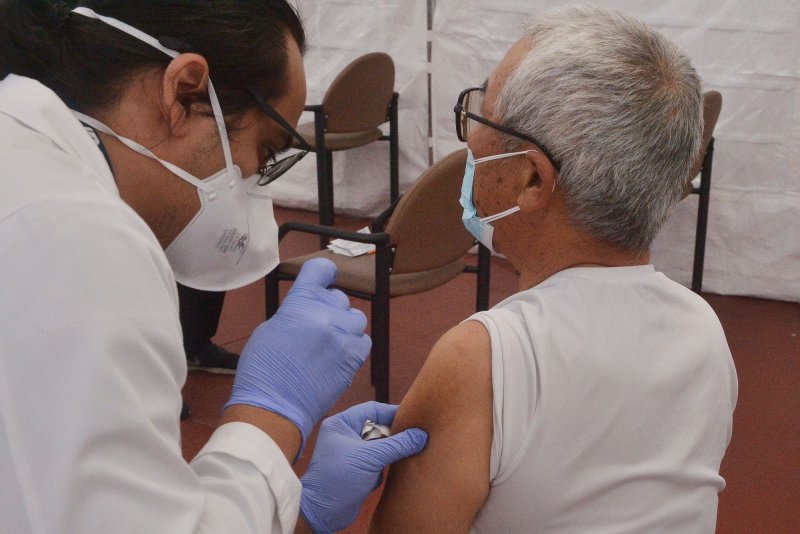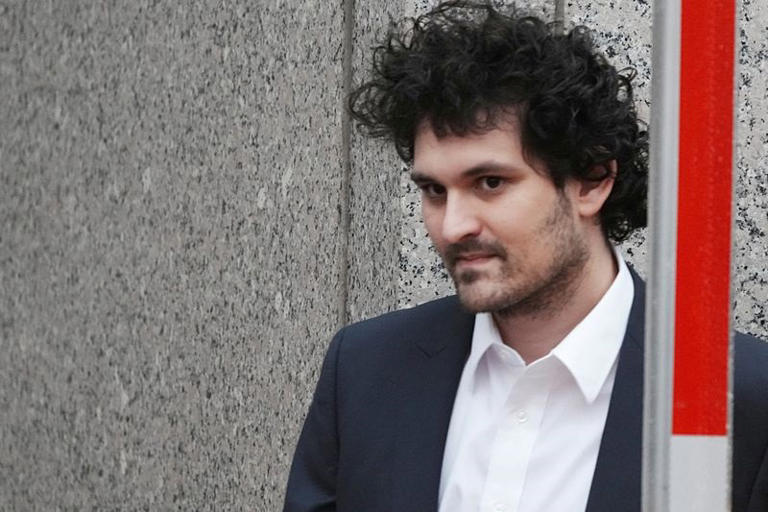FOR PROFIT CARE
Assisted-care facility executives charged in 14 deaths from COVID-19 outbreakBy Joe Fisher

COVID-19 is especially dangerous for older people, even if they are vaccinated (like those in L.A. in 2020, pictured). Despite the risks, though, an assisted-care facility in Los Angeles is accused of taking in a patient from New York City in March 2020 without testing them for COVID-19. New York City healthcare facilities were in the throes of a rampant COVID-19 outbreak at the time. File Photo by Jim Ruymen/UPI | License Photo
March 14 (UPI) -- A Los Angeles County prosecutor has announced charges against three executives of an assisted-care facility for a COVID-19 outbreak that led to the deaths of 14 people, including 13 residents.
In a press release Tuesday, Los Angeles County District Attorney George Gascón announced charges against Jason Russo, Kimberly Butrum, and Loren Shook of Silverado Senior Living Management. They are charged with 13 felony counts of elder endangerment and five felony counts of violations causing death.
The facility is accused of taking in a patient from New York City in March 2020 without testing them for COVID-19. New York City healthcare facilities were in the throes of a rampant COVID-19 outbreak at the time.
After being admitted, the patient allegedly began displaying symptoms of COVID-19 infection and then tested positive, yet they were not quarantined from other residents. The facility is also accused of not prohibiting the entry of visitors who had traveled to places where COVID-19 was reported during the previous 14 days
ABC 7 Los Angeles reports that more than 100 residents were infected. At least 60 were residents and 45 were employees. One of those who died was an employee at the facility.
Gascon launched an investigation into the facility after the death of the employee, who ABC News identified as 32-year-old Brittany Ringo. She allegedly was ordered to admit the patient from New York City, who had arrived directly from the airport. She then tested positive on March 25 and died less than a month later.
"The investigation revealed that the Silverado management team was aware of the risks associated with admitting a new resident from a high-risk area and failed to follow the appropriate procedures to protect their employees and the vulnerable people in their care," Gascon said in a statement.
"These careless decisions created conditions that needlessly exposed Silverado staff and its residents to serious injury and -- tragically -- death."

COVID-19 is especially dangerous for older people, even if they are vaccinated (like those in L.A. in 2020, pictured). Despite the risks, though, an assisted-care facility in Los Angeles is accused of taking in a patient from New York City in March 2020 without testing them for COVID-19. New York City healthcare facilities were in the throes of a rampant COVID-19 outbreak at the time. File Photo by Jim Ruymen/UPI | License Photo
March 14 (UPI) -- A Los Angeles County prosecutor has announced charges against three executives of an assisted-care facility for a COVID-19 outbreak that led to the deaths of 14 people, including 13 residents.
In a press release Tuesday, Los Angeles County District Attorney George Gascón announced charges against Jason Russo, Kimberly Butrum, and Loren Shook of Silverado Senior Living Management. They are charged with 13 felony counts of elder endangerment and five felony counts of violations causing death.
The facility is accused of taking in a patient from New York City in March 2020 without testing them for COVID-19. New York City healthcare facilities were in the throes of a rampant COVID-19 outbreak at the time.
After being admitted, the patient allegedly began displaying symptoms of COVID-19 infection and then tested positive, yet they were not quarantined from other residents. The facility is also accused of not prohibiting the entry of visitors who had traveled to places where COVID-19 was reported during the previous 14 days
ABC 7 Los Angeles reports that more than 100 residents were infected. At least 60 were residents and 45 were employees. One of those who died was an employee at the facility.
Gascon launched an investigation into the facility after the death of the employee, who ABC News identified as 32-year-old Brittany Ringo. She allegedly was ordered to admit the patient from New York City, who had arrived directly from the airport. She then tested positive on March 25 and died less than a month later.
"The investigation revealed that the Silverado management team was aware of the risks associated with admitting a new resident from a high-risk area and failed to follow the appropriate procedures to protect their employees and the vulnerable people in their care," Gascon said in a statement.
"These careless decisions created conditions that needlessly exposed Silverado staff and its residents to serious injury and -- tragically -- death."



















